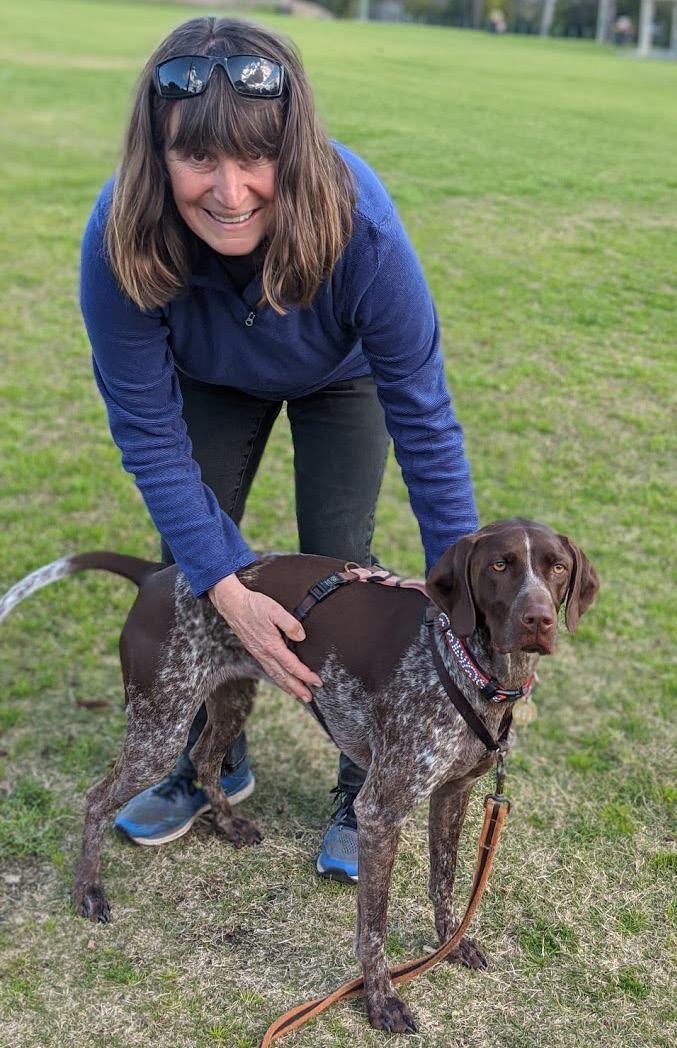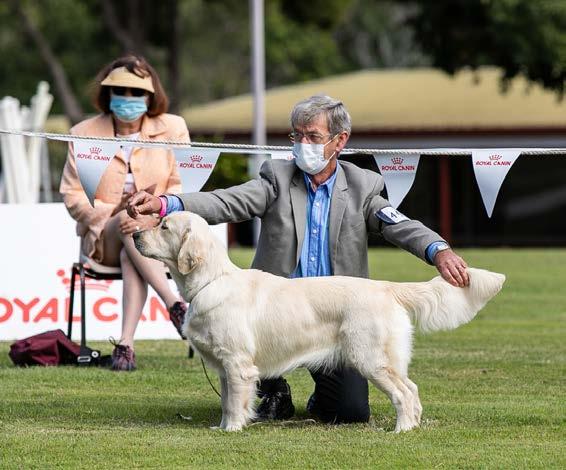
2 minute read
Leptospirosis
LEPTOSPIROSIS All you need to know
– Karen Hedberg BVSc.
As a number of members have expressed further information regarding the Leptospirosis outbreak in Sydney, Dr Karen Hedberg BVSc has provided the following information to help understand and alleviate any concerns.....
The numbers affected by Leptospirosis continue to be very small. The total number affected in the previous year was 12 (fatalities). The exact numbers and areas affected this year has not changed in the last 6 days.
Areas affected in Sydney The area affected in inner Sydney is the same as last year and includes Newtown, Erskineville, Darlinghurst, Glebe, Redfern – basically a 3 km radius around Surrey Hills. It is thought that with all the major building projects, including removing sections of railways, and other changes within the area has forced the rats to move into surrounding areas.
Outbreaks, when they occur, can be very localised and may be more common in humid environments.
What is Leptospirosis? Leptospirosis is a bacteria that can survive in various areas including flood waters, puddles, mud or other moist areas. In animals, it can survive in animal tissues and urine, with rats and mice being the major carriers.
How is Leptospirosis transmitted? Leptospirosis is a very nasty bacterial disease generally spread by contamination of food and water sources by rats and mice urinating on these surfaces and materials while they feed. Infection can occur through open wounds and via mucous surfaces including the mouth, nose and eyes.
Humans can also become infected through the same routes and Leptospirosis is considered a zoonotic disease. If you have a diagnosed infected dog, you should handle it carefully with gloves and do not let the dog lick your face. Transmission to
humans from dogs rarely occurs, but it can occur.
Symptoms Symptoms of infection can vary, with lethargy, vomiting, diarrhoea and blood in the urine being the most common. Treatment requires hospitalisation with vigorous fluid therapy, antibiotics and other medications to try an avoid massive kidney failure as the bacteria specifically targets the kidney tissue.
Prevention The prevention of this disease (apart from vaccination) is by having very good (and safe) rodent control and removing any extra sources of moisture – puddles, damp areas.
Food sources such as dry dog food should be kept in metal bins – rats and mice will eat through plastic and normal coverings of dog food bags. Keep surfaces clean, spray down working benches and kennels with normal disinfects daily.
Vaccination for Leptospirosis Vaccination for Leptospirosis requires 2 vaccinations given 2 weeks apart of the C2i vaccine (which covers Leptospirosis and canine Corona virus). This vaccine once administered has a good uptake and will last for quite some time. Only dogs in the nominated areas need to be vaccinated, no other areas have been reported at this time. If you are in an area with a high rat infestation, vaccination for Leptospirosis should be considered.



